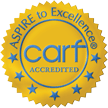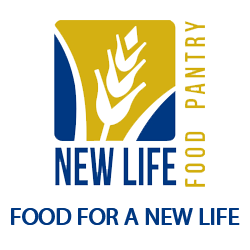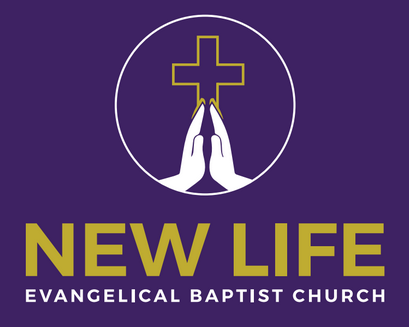IT’S HIGH TIME WE RETHINK THE ROLE OF SUBSTANCE ABUSE CLINICS AS BALTIMORE AND AMERICA FIGHT TO ESCAPE THE HELL OF HEROIN ADDICTION
(This is the first in a series of seven reports from the front line in the on-going battle against heroin addiction, written by Rev. Milton E. Williams, founder of East Baltimore’s Turning Point Clinic and a 30-Year veteran in this widening war.)
More and more of us are reading more about it, hearing more about it, and becoming more concerned about it every day: There is a cruel, life wrecking, death dealing substance abuse wave now sweeping out of control across the dazed face (and faces) of Baltimore and all America. It is truly a relentless epidemic that is spreading so rapidly that alarmed governors in state after state are finally sounding the call to battle stations.
Maryland’s Governor-elect Larry Hogan did just that two weeks ago when he announced his intention to declare a “state of emergency” due to the rapidly increasing number of heroin users, overdose deaths and related crime across Maryland. This could be the beginning of the beginning as we rethink the proven ineffective policies that have been in place for decades.
Too often politicians have focused only on their wrongheaded policies, precisely in order to ignore the problem itself, policies which they still persist in implementing with little, if any, positive results.
Just promoting the familiar apparently has been more politically expedient than admitting we need a new battle plan altogether. But there could be hope on the horizon, with the changes in leadership coming to the State House in Annapolis in January. Who knows? Someone down there finally might start listening with an open mind. And maybe we can make and implement changes in Maryland that make real sense—for the community and the taxpayer!
Over the next seven days I want to begin a real discussion, challenging every aspect of present drug treatment policies and practices in Maryland and America. I hope you will accompany me on this journey to substance abuse reality.
Let’s start by looking at the numbers. The next article in this series will demonstrate that the Mayor of Baltimore’s recent estimate of 19,000 heroin “users” is utterly defenseless. For now, let’s use the 60,000 number frequently accepted by disinterested persons when the subject of Baltimore’s heroin problem comes up in the national media, as it has recently in a National Geographic Special.
Now, let’s say there are 6,000 heroin addicts presently in treatment in Baltimore. That is only one out of every ten heroin addicts. Turning Point, now arguably the largest drug abuse treatment center in the world, has the most widely “open door” policy for new patients among the City’s methadone clinics. (Methadone is the drug of choice for the treatment of heroin addiction.) We take in new patients on a walk-in basis almost 12 hours a day, six days a week. No appointment needed. Just show up. We even give new patients twenty dollars to enter the program, which covers bus fare both ways and lunch at McDonald’s.
But the City’s remaining 54,000 addicts not in treatment are not exactly breaking down our doors. We receive about five new patients each day. Why so few? The answer is obvious: THEY DON’T WANT TO CEASE USING HEROIN.
Overwhelmingly, they show up for admission to the program around the end of the month, because they have no more welfare money left with which to buy drugs.
Now, what about the patients who are in an inner-city methadone program? Studies show that 15 to 20 percent of the 10 percent (assumed above) who are in treatment will become drug free one day. Which is to say that only one and a half to two percent of the total heroin addicts in the City will ever become drug free. That is a 98 to 98.5 percent failure rate! But wait! As the TV pitchmen say. There’s more (less, actually).
On any given day, hundreds of thousands of addicted people worldwide give up using forever that substance to which, yesterday, they were addicted. And the VAST majority of them do so OUTSIDE of a “program.” So, what, then, is the actual success rate honestly attributable to a patient’s participation in a methadone program? It would appear to be negligible.
The message is clear.
Conclusion: Do not expect miracle recovery rates from substance abuse treatment. What we need is a Substance Abuse Treatment Reformation in our thinking, practices and goals.
Tomorrow, I will examine how many heroin addicts Baltimore City really has. It’s actually quite important to know, at least roughly, what the true number is. And, we must not leave that up to the imagination of people who, for political reasons, can’t (or just won’t) see the proverbial elephant in the room. In Baltimore, and elsewhere, we can be certain that politicians have deliberately underestimated the problem, and overestimated the supposed successes of their favorite treatment policies.
Rev. Milton E. Williams
President, Turning Point Clinic
Sr. Pastor, New Life Evangelical Baptist Church



